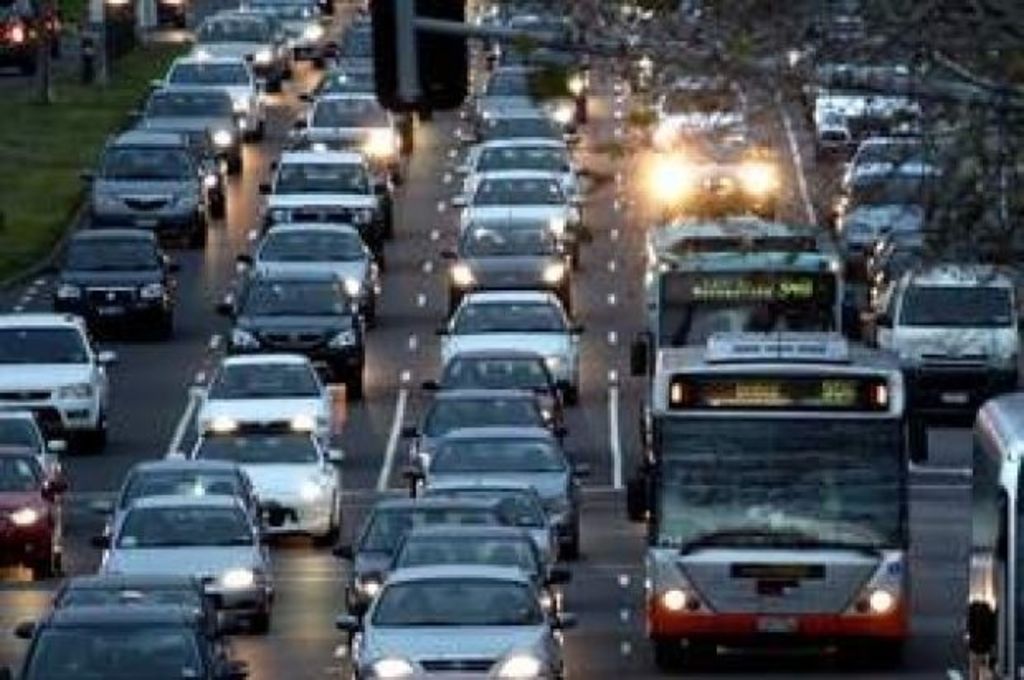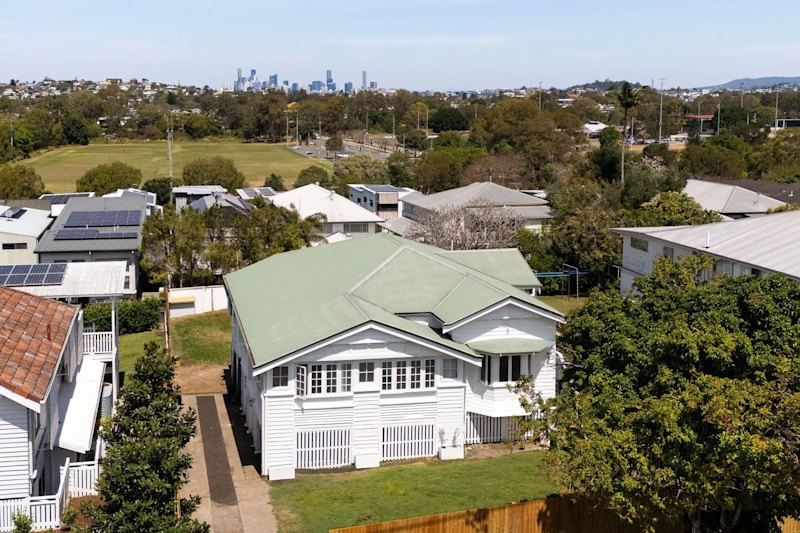Australian cities failing to live up to the hype, Property Council of Australia report finds

Australians need to accept high-density, high-amenity living in their cities if we want to avoid an “unforgivable” planning failure, a top global advisor on cities has warned.
While our biggest cities are perceived well across the globe, they fail to to live up to the hype, says Professor Greg Clark, chairman of The Business of Cities.
“The brand and reputation is better than what is delivered,” Mr Clark told Domain. “Australian cities score more highly on perceptions and expectations of the city than they do on actual performance.”
Mr Clark is in Australia to present findings from a study compiled for the Property Council of Australia which benchmarks our five biggest cities – Sydney, Melbourne, Brisbane, Perth and Adelaide – against similar cities across the world.
While Australian cities, particularly Sydney, scored well for their student economy, lifestyle and internationally known ‘brand’, there were concerns related to transport, congestion, the prevalence of low-density living and fragmented local government.
“Australian cities score much less highly for urban management and land use, they’re very low-density and not very compact,” Mr Clark said.
“A lot of people are living in low-density urban areas, with lower levels of digital connectivity and infrastructure provision, facing higher commuting times and higher congestion.”
Coordination and policy failures have left Australia accidentally pursuing a low-amenity and low-liveability model, the Creating Great Australian Cities report found.
“Now that our city centres are full up and now that our middle ring of suburbs are proving not to be very flexible, everybody that is moving here is having to move to locations where there’s low amenity …and that’s a problem,” Mr Clark said.
He noted if the current model – where people are forced to the city fringes for entry-level affordable housing – was to be repeated for a decade more “it would be an unforgivable failure”.
“You need compact high-amenity living in the city centre … you need to densify and improve the place-making of suburbs, and the third part of the strategy is to make new settlements much more attractive and better connected,” Mr Clark said.
The study found Australian cities trailed comparable metropolitan centres when it came to investment in a diversity of housing.
“Berlin, Toronto and Stockholm are three of the most exciting, fast-growing cities in the world,” Mr Clark said. “They have high levels of investment in the public and private market, and don’t just see housing as a market but as an amenity.”
“[Improving housing affordability] is not just about boosting supply, it’s about place-making, and also making sure there are many different types of housing with different financial equations around them.”
He added those cities also had a longer history of investing in public transport systems and infrastructure, which was a challenge for Sydney in particular.
In recent weeks the NSW government, faced with concerns about a lack of infrastructure, has backflipped on recently announced rules that would have made it easier for homeowners to build dual occupancies on their properties. The rules have been deferred in four council areas, with another five councils hoping for the same outcome.
Mr Clarke said for Sydney to realise its full potential it needed to have a very high-calibre infrastructure system.
While he stressed developing the “missing middle” wasn’t a magic solution to improving our cities, he said people needed to be less opposed to development and realise the benefits it could bring – if the right infrastructure was put in place.
“I don’t blame anyone for being whats called a ‘nimby’ because they don’t trust that if extra houses are built and land use is reformed that what will come with it is more amenity, more places to go out and a better-quality life,” he said. “People have experienced being promised one thing and delivered another.”
He said the only way forward was to work carefully on developing urban centres around public transport infrastructure and commended the work done by the Greater Sydney Commission to reshape the city.
“We need to be able to persuade people that the quarter-acre block is not only way to enjoy suburban life,” he said, noting increases in population could also bring more services, restaurants and entertainment options.
While he once labelled Sydney at risk of becoming the “one-night stand” of the world, he said the city was in the midst of acquiring “the toolbox” needed to ensure it didn’t become a place that was only enjoyable for the short term.
We recommend
We thought you might like
States
Capital Cities
Capital Cities - Rentals
Popular Areas
Allhomes
More






